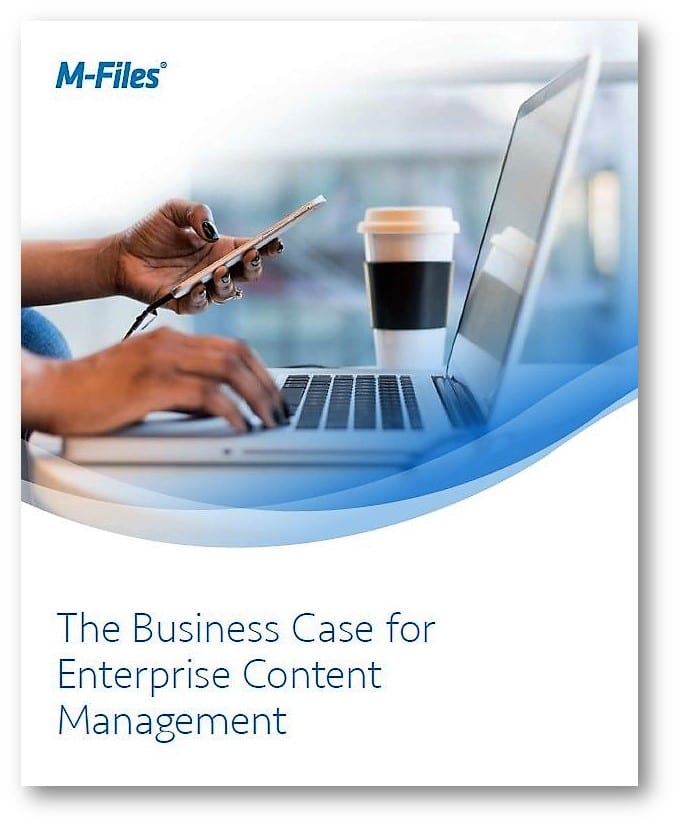The document management value proposition is simple. Use a document management system and save time and money. But how does that look to the average business?
If there is one thing that sucks the profits out of any organization, it’s inefficiency. And few things are as inefficient as spending half the workday searching for data and sorting through it to correct errors or confirm its validity. The document management value proposition cannot be underrated because it helps eliminate inefficiency within an organization. If you could eliminate inefficiency in your business, how do you think it would affect your bottom line?
Did you know that by 2025, the total volume of data produced will increase to 163 zettabytes? That is an unfathomable amount of data. No wonder there is so much chaos! Information chaos can cost you money in many ways. But you can create order out of the chaos and turn it into profit instead.
Let’s look at three ways that document management and ECM create value for your organization.
1. Process Automation
Any manual process has the potential to slow the flow of your business. Manual processing also introduces a greater chance for errors. Both issues can cost you money. Fortunately, that cost is not an inevitable part of doing business.
Process automation eliminates these issues. It keeps your business running smoothly and gets important tasks done immediately. There are several benefits of process automation, but we won’t go into them all here. However, when regular daily processes like approvals, billing and payments, and document notifications are automated, that gives you and your employees more time to focus on the meat of your business.
2. Paper Reduction
Did you know, according to the EPA, the average worker uses 10,000 sheets of copy paper a year? What does that add up to for your company? How much would it save you to cut down on all that paper?
More importantly, how much more secure would your data be if it weren’t printed out on paper? Nearly half the companies surveyed in a recent study said paper files are the biggest area of vulnerability for information security breaches. What could that kind of breach cost your company?
Paper reduction is just smart business, for various reasons. Cutting costs and improving security are right near the top of the list.
3. Increased Productivity
Some studies show workers spend 50% of their workday on searching for documents and inefficient processes. Instead of spending hours looking for documents, spend that time focusing on the task at hand. When time isn’t wasted searching for and verifying data, it’s easier to get the job done quickly and with less frustration for employees who might otherwise be struggling.
With document management and ECM, information is easily located with a pre-configured search or a simple keyword search. Information can be accessed across devices so there is never a worry about where important information has been stored or how quickly it can be located. Shared data is always current so there is no need to check multiple documents to make sure you are using the correct version. Collaboration on projects is simple and organized. More work gets done, securely and efficiently.
Fast and efficient work means happy customers. Happy customers mean more sales, bigger and better projects, and new clients who have heard about the great job your company does. All of which amounts to higher profits for your business. It’s all winning and no losing when you implement document management and ECM into your business processes.
Determine the Document Management Value Proposition for Your Company
Now that you can see the value in document management and ECM, download our eBook to learn even more ways that document management and ECM can increase your profits and transform your business. You’ll find key value proposition metrics that apply throughout your organization.
When you’re done, don’t forget to schedule your no-obligation demo so you can see how M-files will work for your organization.







